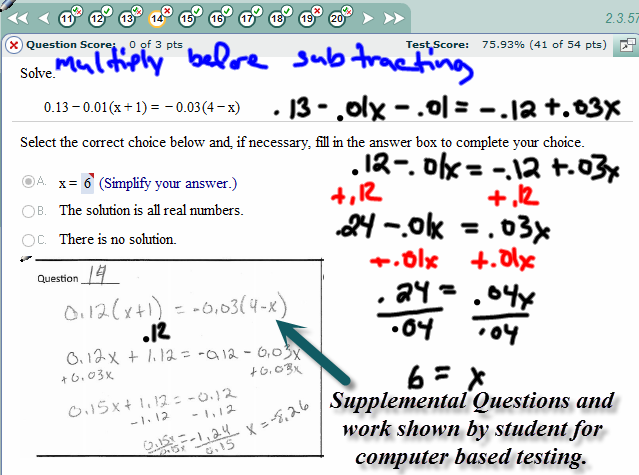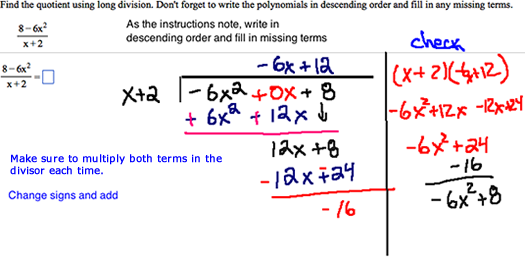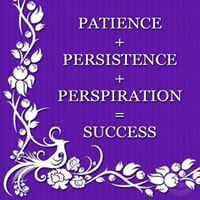Feedback |
|||
|---|---|---|---|
Looking at Seven Principles for Good Practice in Undergraduate Education, by Arthur W. Chickering and Zelda F. Gamson (1987) and the updated version, Implementing the Seven Principles: Technology as Lever, by Arthur W. Chickering and Stephen C. Ehrmann (1996) you see the need for student feedback in both a traditional face-to-face classroom and when technology is utilized to deliver content in non-traditional formats. While not all of the Seven Principles are addressed here, this is attempt to explore some of the technologies available to help instructors meet the objectives laid out in the articles. This presentation looks at feedback in math instruction using MyMathLab by Pearson.
|
|||
 |
|||
| The above image is an example of feedback given to a student. A static image is annotated and combines both student work, a MyMathLab image and instructor feedback. (Example email) |
|||
Static images are one way of communicating feedback. Video can also be created to provide student feedback. The video used Explain Everything to write on the iPad screen. |
|||
Since MyMathLab uses Adobe Flash to display interactive assignments, a special browser or other application is needed to few MyMathLab material on an iPad. "Ask My Instructor" to respond to these questions quickly, an iPad with the proper applications can produce feedback such as this. |
|||
 |
|||
MyMathLab |
|||
MyMathLab has a limited ability to provide students feedback by typing comments but there is not equation editor available or the ability to insert graphic images of student work into the comment box. Because we have structured with the course with required prerequisites and pre-tests, student feedback is important to keep the student engaged in learning. Instructor created videos are prerequisites to some of the assignments. These videos are intended to provide feedback to the student on how to approach the material and supplement information provided on the MyMathLab platform. |
|||
| Quiz and Videos Required | |||
| Prerequisite Structure | |||
| Assignment Flow | |||
| Course Flow | |||
|
 |
||
|
Ray Brown, Professor |
|||||
| Aims Online Login |
||||||
Digital Natives |
||||||
| Spr16 F2F Classes |
|---|
| M055 M-R 1110-1200 |
| Spr16 CAI Classes |
| MML Information CAI |
| M050 MWF 0910-1025 |
| M055 M-R 1310-1400 |
| Gene Cross's Notes |
| Archived Lectures |
| MyMathLab Classes |
| MyMathLab Infomation |
| Math055 Online/Hybrid Ray Brown |
| Resources |
| Hangout Instructions |
| Ray's Google Hangout |
| Amanda's Google Hangout |
| interactmath.com (practice problems) |
| Khan Academy Math videos |
| Other Resources |
| Lecture Capture Presentation eLCC Spr10 |
| CoADE 2012Presentation |
| Feedback-2013 CoADE Presentation |
| Frontier Spelling Lists |
